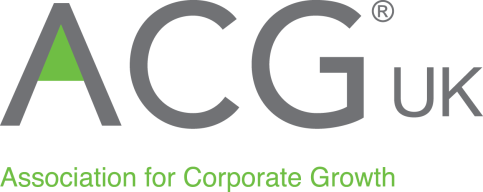
Join us at ACG DealMAX® from April 7-9 in Las Vegas. Register today!
ACG panel discusses what’s ahead for special purpose acquisition companies

After their meteoric rise hit a snag this spring, special purpose acquisition companies are making a comeback with new listings, despite questions about the long-term viability of this path to public markets.
A panel of experts discussed the current state of the SPAC market and where it’s headed during a virtual panel on June 2 hosted by the Association for Corporate Growth and sponsored by Grant Thornton LLP, an independent audit, tax and advisory firm.
Scrutiny from the Securities and Exchange Commission slowed activity in the SPAC market this spring, but it has picked up over the past several weeks. SPACs raise money through an initial public offering with the promise to merge with a company, effectively taking target businesses public.
The recent uptick follows an active period for the SPAC market over the past several years. In 2020, approximately 250 SPACs were raised, and about 430 SPACs are looking for a deal currently, according to data cited by Sean Denham, national SPAC leader for Grant Thornton and moderator for the panel, titled “SPAC: The Quick Alternative to IPO.”
Entering the public markets via a SPAC has distinct advantages over an initial public offering or direct listing, according to panelist William Haddad, partner at law firm Venable LLP. For one, the process can be faster. Negotiating the business combination agreement, performing due diligence on the target, and effectuating a PIPE—private investment in public equity—all can be done in parallel. PIPEs have become a “critical” component to a SPAC transaction, Haddad added, effectively securing capital for the deal and reducing uncertainty for the target company to help speed the process along.

ACG's DealMAX® is the middle market's can’t-miss M&A event. Join 3,000+ dealmakers on April 7-9 for one-on-one meetings, networking, industry insights, fun and more.
